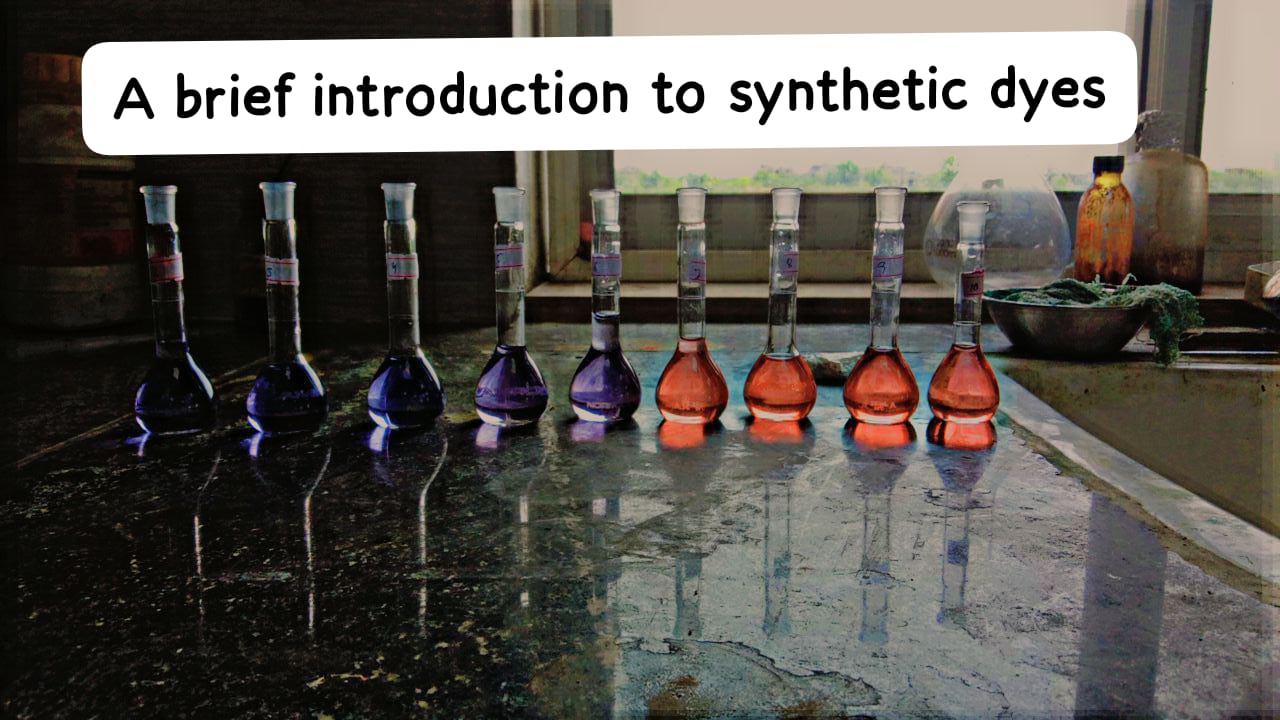A Brief Introduction to Synthetic Dyes
A Brief Introduction to Synthetic Dyes. Synthetic dyes are organic compounds used to impart color to a wide range of materials, including textiles, plastics, paper, and more. Here’s a comprehensive overview of synthetic dyes:
Author
Abdullah
Click here to see Abdullah’s Profile
1. History of Synthetic Dyes
The synthetic dye industry began in the mid-19th century with the discovery of mauveine by Sir William Henry Perkin in 1856. This marked the transition from natural dyes (e.g., from plants and insects) to synthetic ones.
2. Classification
Synthetic dyes can be classified based on their chemical structure, application method, or colorfastness. Common types include direct dyes, vat dyes, reactive dyes, acid dyes, and disperse dyes.
3. Chemistry
Most synthetic dyes are aromatic compounds with conjugated double bonds, allowing them to absorb and reflect specific wavelengths of light. – The chemical structure determines the dye’s color.
4. Applications
– Textiles: Dyeing fabrics is the most common use of synthetic dyes, providing a vast array of colors and shades.
– Plastics: Dyes are used to color plastic materials, including toys, packaging, and automotive parts.
– Paper: Dyes are employed in the production of colored paper and printing inks.
– Food: Some synthetic dyes are approved for use in food coloring, although natural alternatives are preferred in some cases.
5. Environmental Impact
The production and disposal of synthetic dyes can have environmental consequences, including water pollution. Efforts are ongoing to develop more sustainable and eco-friendly dyeing processes.
6. Colorfastness
This refers to a dye’s ability to maintain its color when exposed to various conditions such as light, washing, and chemicals. Some dyes are more colorfast than others.
7. Health and Safety
Some synthetic dyes have been associated with health concerns, leading to regulations and restrictions on their use in certain applications.
8. Advancements and Research
Ongoing research focuses on developing dyes with improved properties, such as better colorfastness and reduced environmental impact. Nanotechnology has been explored to enhance dyeing techniques.
9. Future Trends
Sustainable and natural dyes are gaining popularity as consumers seek eco-friendly alternatives. Digital printing and 3D printing technologies are being integrated into dyeing processes, allowing for precise and customized color application.
10. Regulations and Standards
Various organizations, such as the FDA and REACH in Europe, regulate the use of synthetic dyes in different industries, ensuring safety and compliance with standards.
In summary, synthetic dyes have played a significant role in the development of modern industries and are a crucial part of our everyday lives. However, the industry is evolving to address environmental concerns and consumer preferences for more sustainable and safe dyeing practices.
Also read: Unlocking the Microscopic World
Also read: A comprehensive overview on Biochar (green adsorbent), its preparation, factors affecting, uses and its modification
Follow us on Facebook Click below

